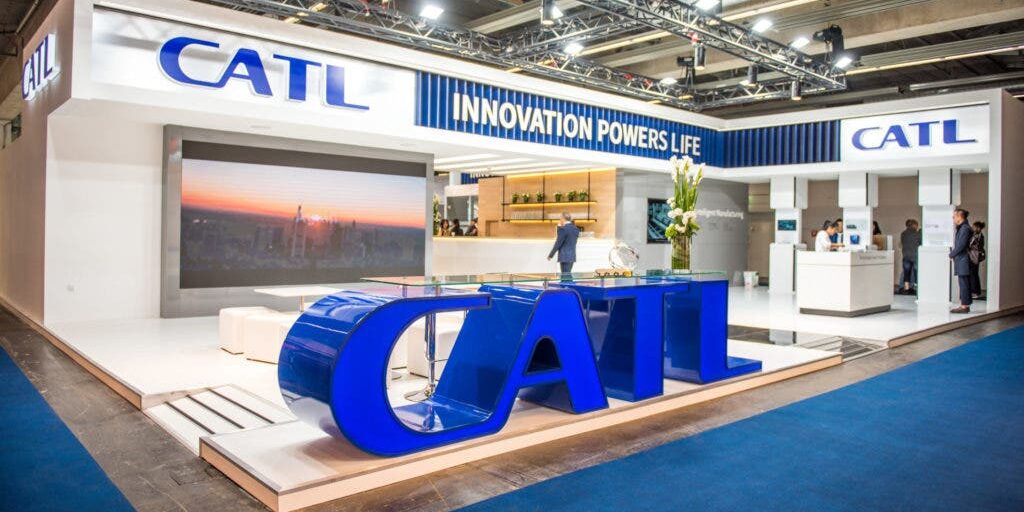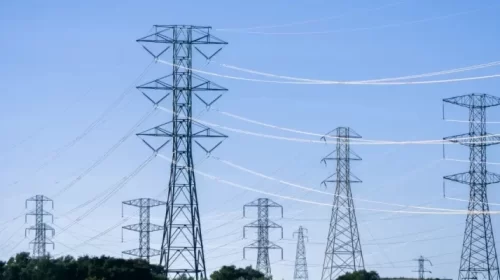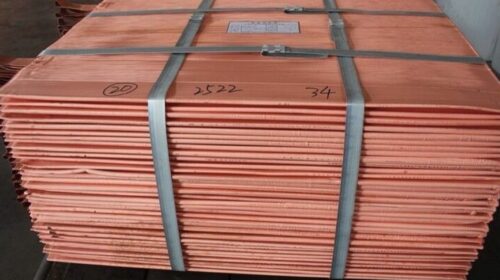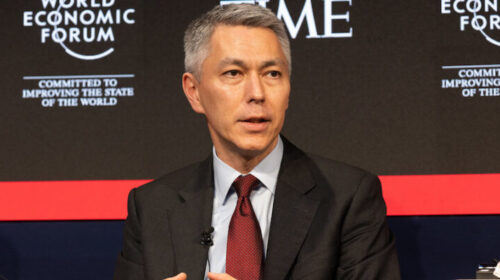Tesla To Buy 45 GWh Of LFP Batteries From CATL
Citing a post by 36kr, Chinese website CnEVPost says Tesla has agreed to buy 45 GWh of lithium-iron-phosphate batteries from CATL to meet its expected demand for the Model 3 and Model Y in 2022. The Model 3 and Model Y are currently available with LFP batteries in their standard range versions, with the former having a 55 kWh battery and the latter a 60 kWh battery.
The purchase will be enough to power about 800,000 vehicles. The company sold 627,350 cars in the first 9 months of this year. Tesla’s Nevada battery factory will soon increase production to produce more than 40 GWh of batteries in 2022, and with additional supplies from Panasonic and LG Chem, Tesla’s 2022 sales could be at least 1.5 million units, the 36kr report says, citing industry sources. That report claims that even as the new contract was being announced, CATL and Tesla were in talks about increasing the order further.
LFP is rapidly becoming the chemistry of choice for medium- and low-price electric vehicles. Data released earlier this month by the China Automotive Battery Innovation Alliance showed that LFP battery installations in China have continued to grow in the past two months after surpassing ternary batteries for the first time this year in July.
According to the data, China’s battery installed base in September was 15.7 GWh, up 138 percent year on year and 25 percent from August. Among them, ternary batteries installed a total of 6.1 GWh, up 45.6 percent year-on-year and up 15 percent from August. However, LFP battery installation volume increased even more, with 9.5 GWh installed in September, up 309 percent year on year and 32 percent compared with August.
What do all these numbers mean? Simply this: The EV revolution is accelerating, thanks in part to lower prices and improved performance for lithium-iron-phosphate batteries. Going forward, NMC and other traditional lithium-ion battery chemistries will be reserved for high-end and/or high-performance vehicles. Most of us will be quite happy to drive a car that takes a blink of an eye longer to sprint to 60 mph but costs considerably less to buy.
![]()





